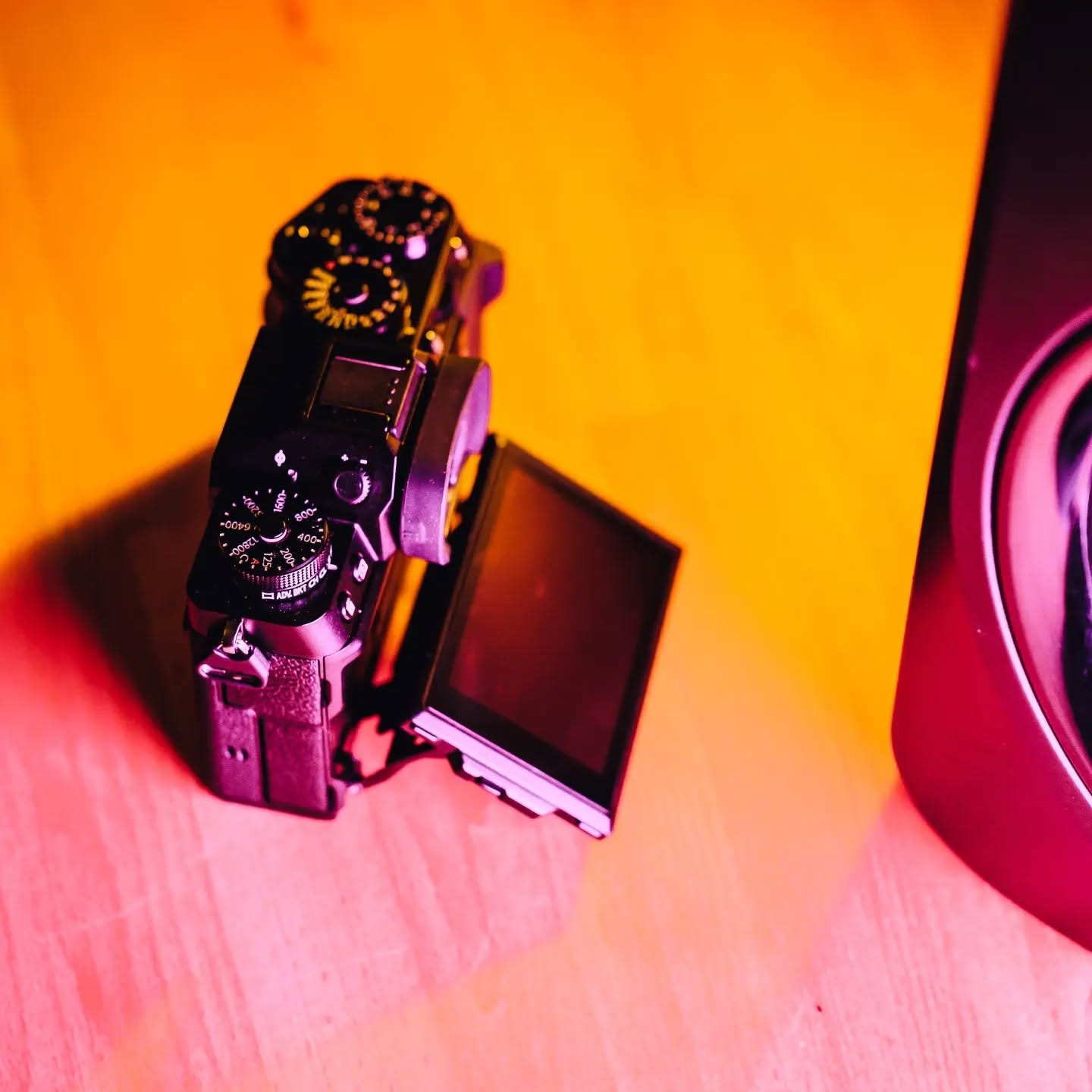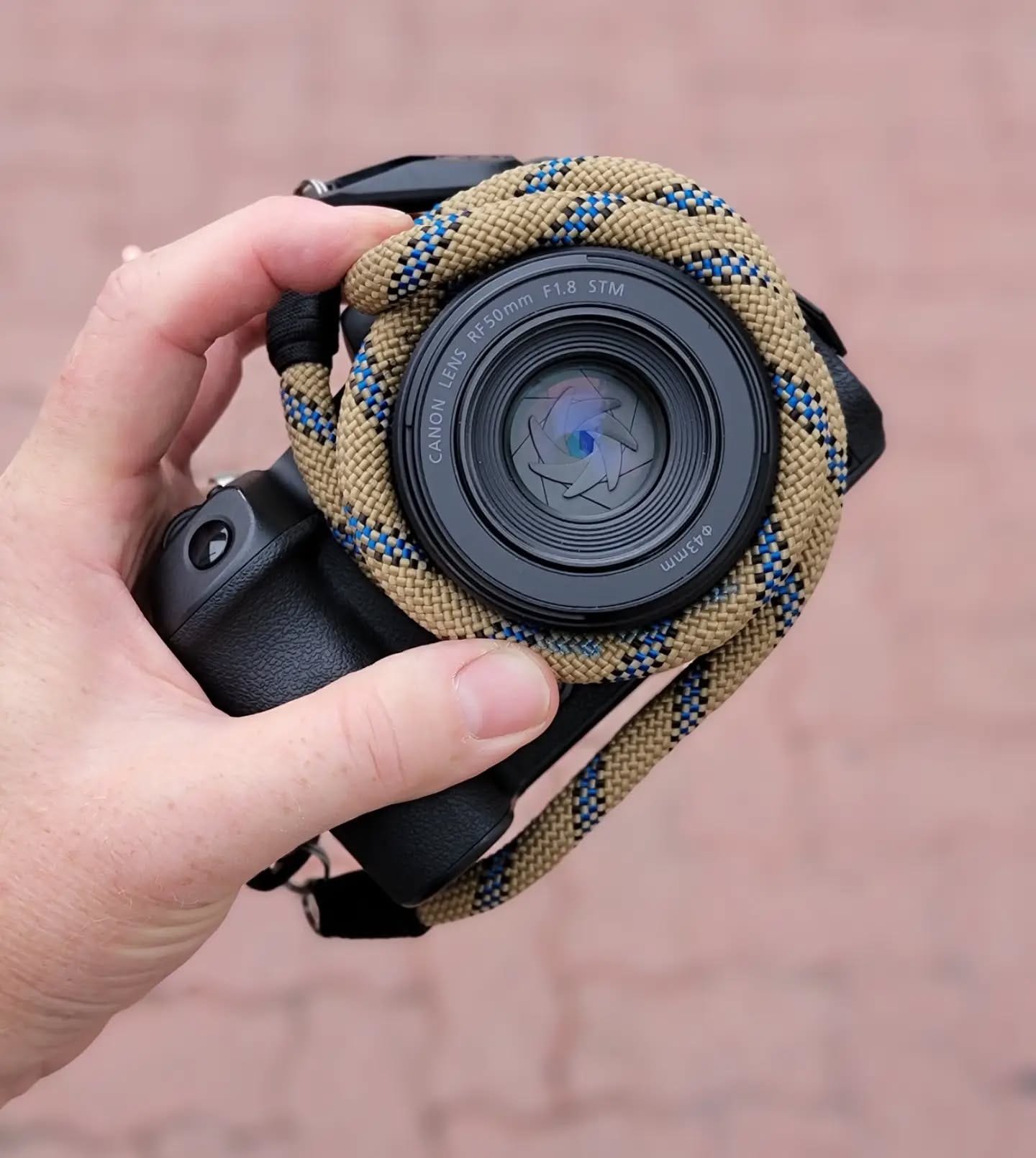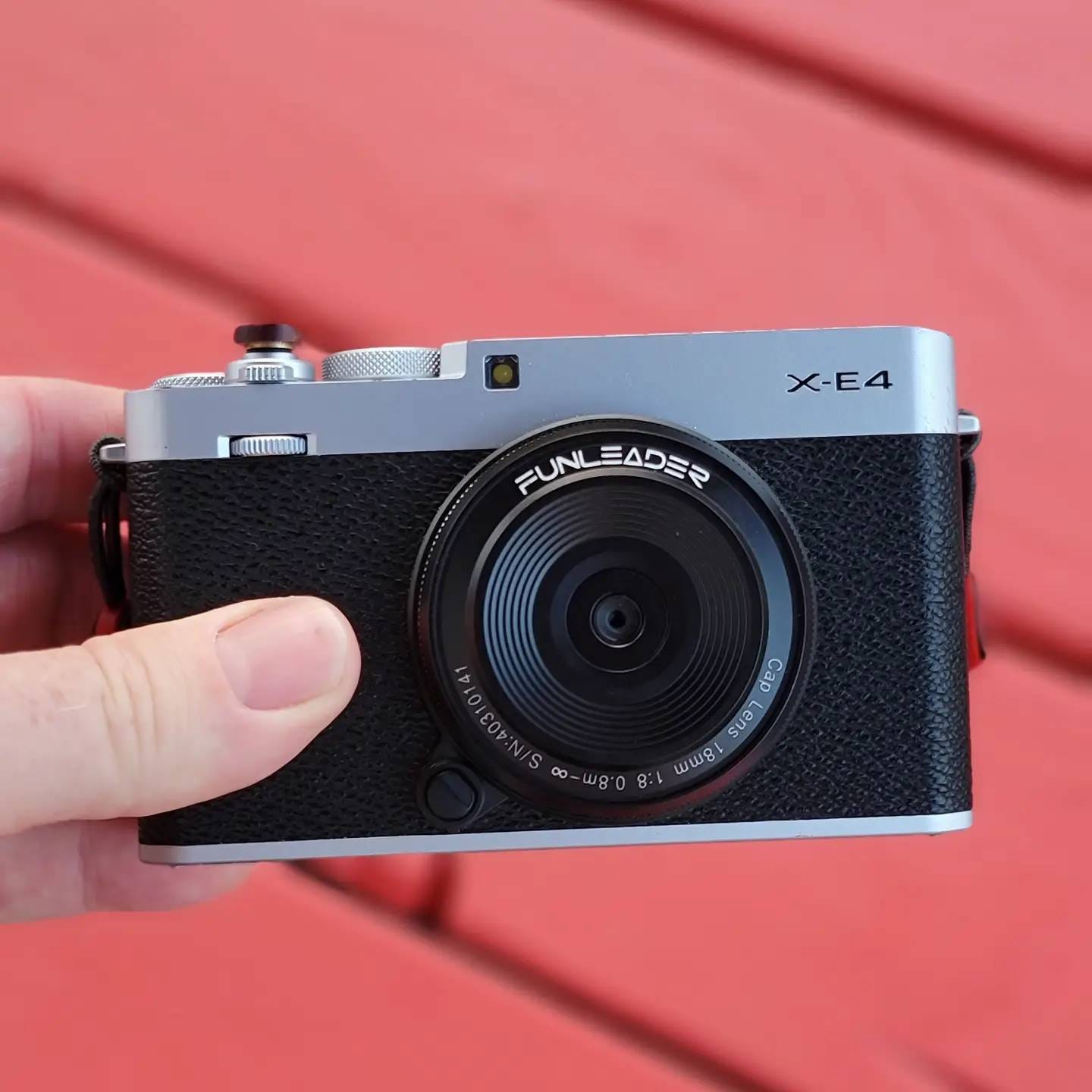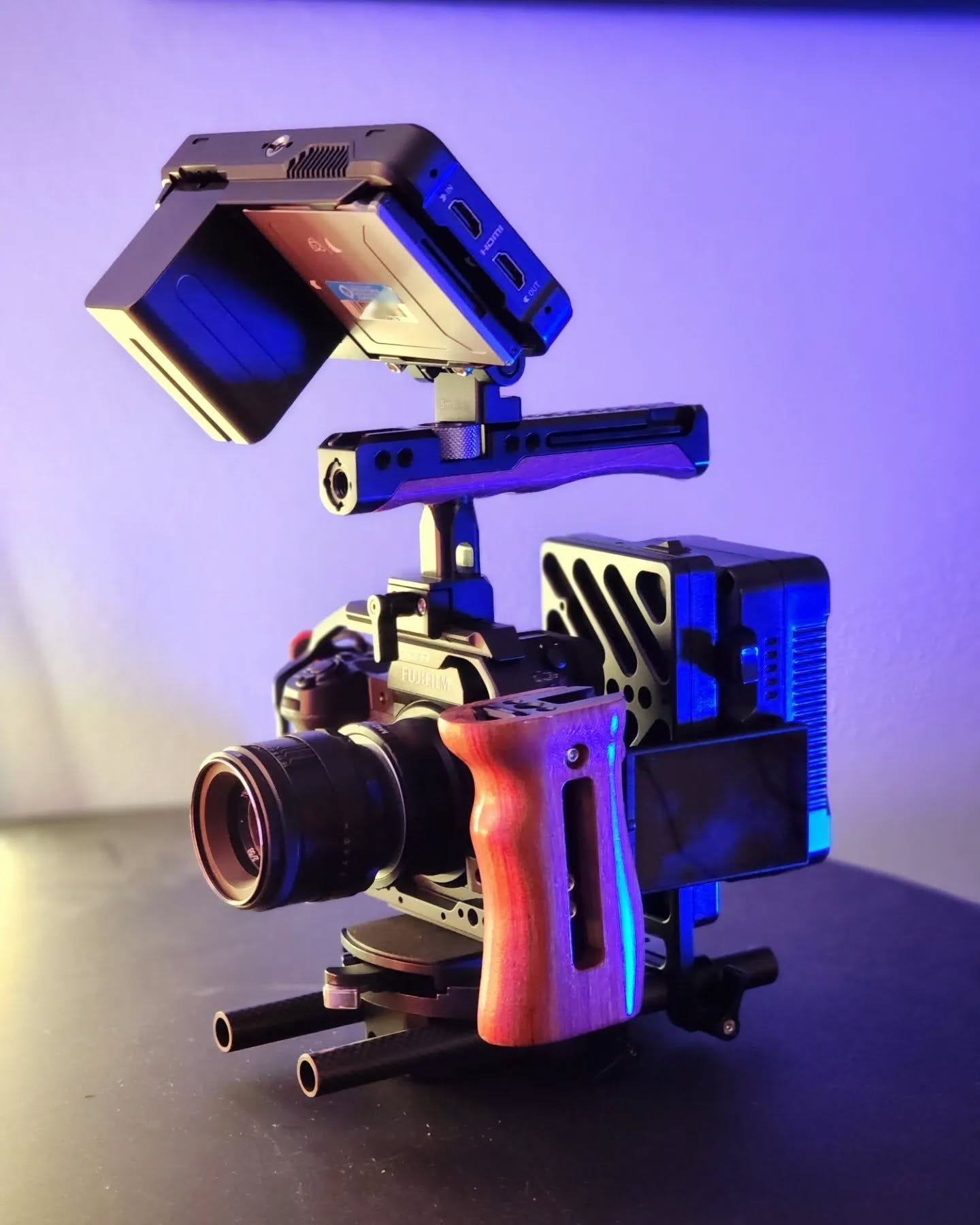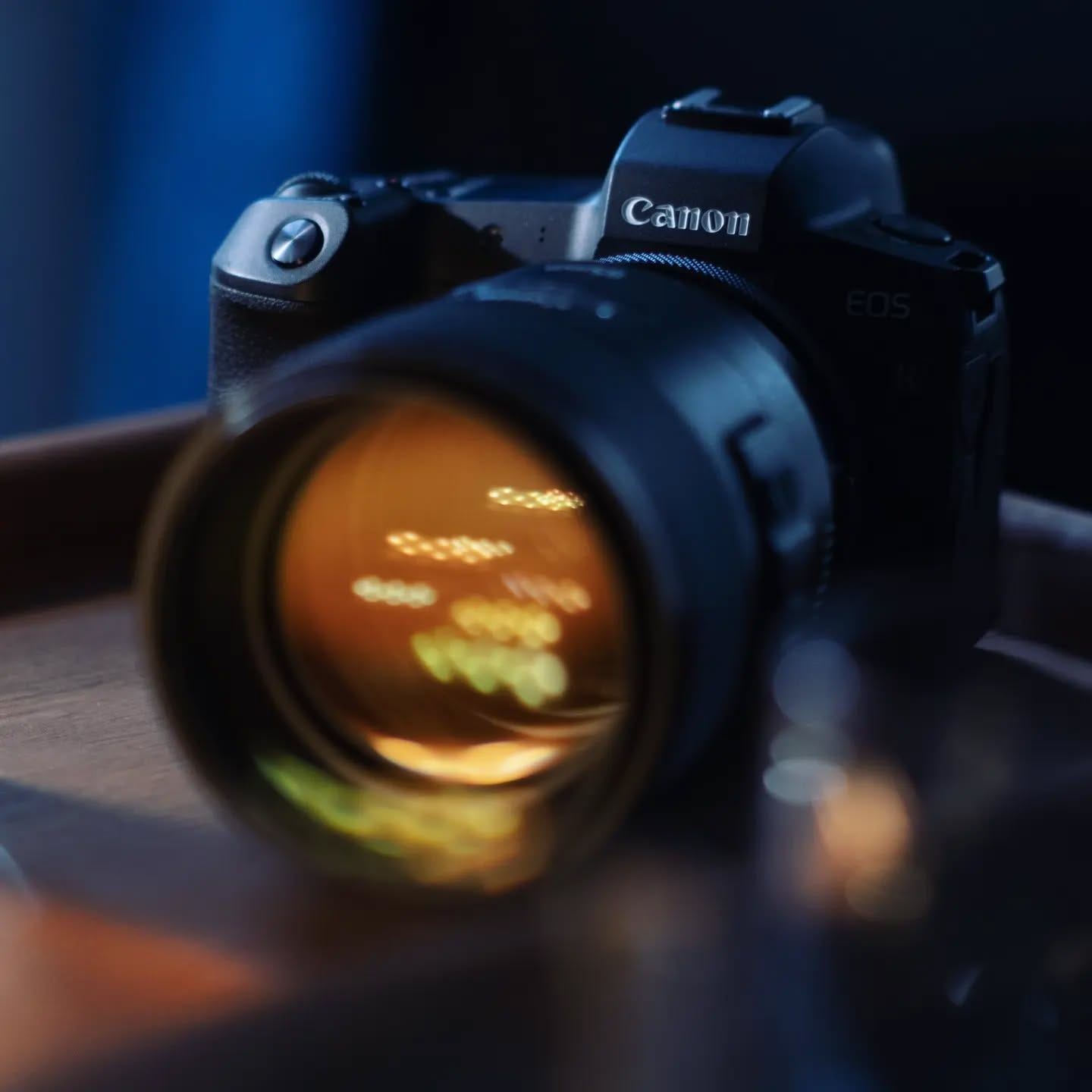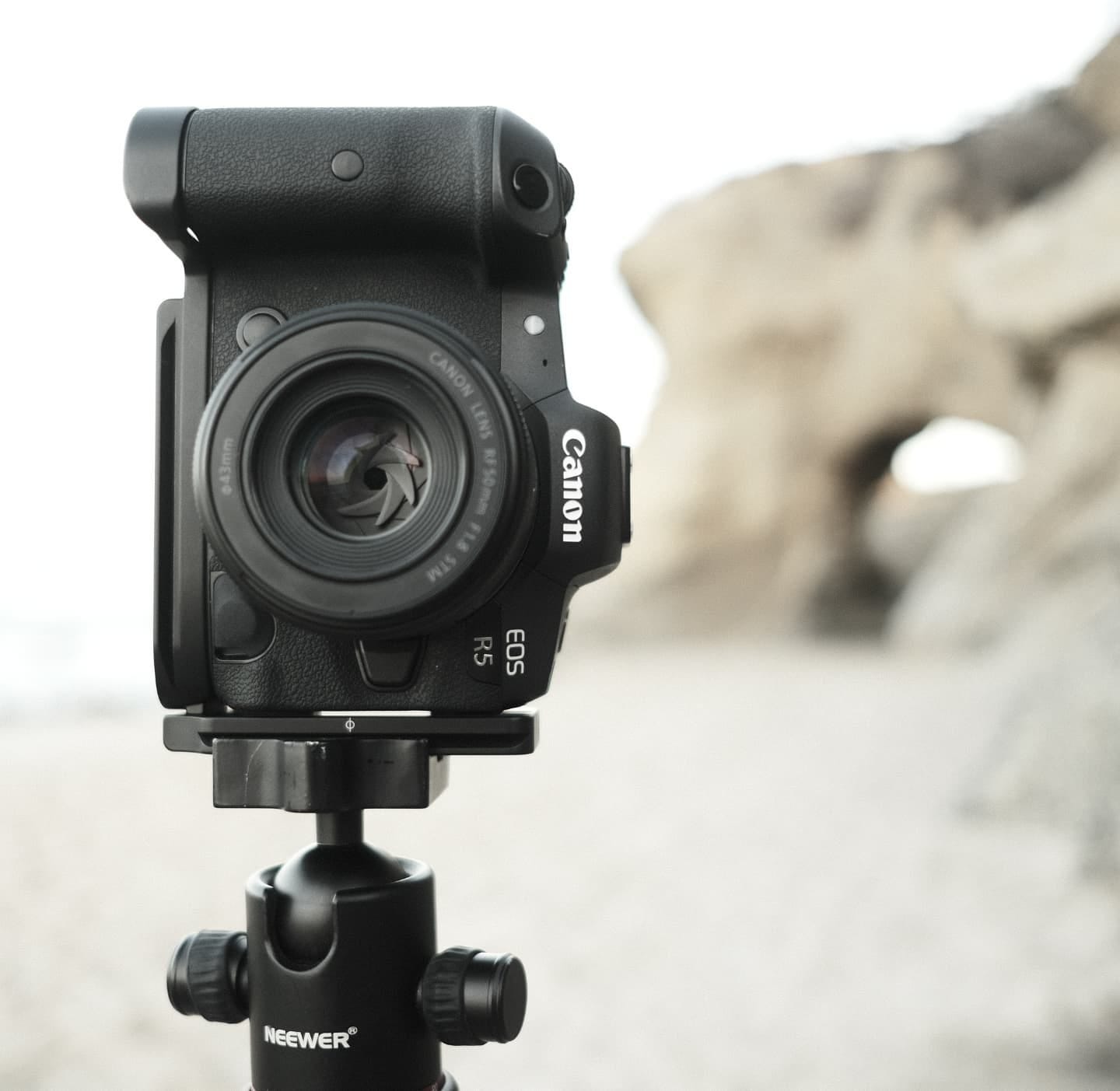The morning light streamed through my office window as I unpacked my new Sony camera, a bittersweet moment of both excitement and apprehension. After years with Canon, then a transformative period with Fujifilm, here I was, embarking on yet another photographic journey. Switching camera brands isn't just about changing equipment – it's about reimagining your creative process.
Through my transitions between systems, I've learned that the decision to switch requires careful consideration beyond just specs and features. Let me share the insights I've gained, hoping they'll illuminate your own path.
I’ll include two links to videos from my YouTube channel - one when I switched from Canon to Fuji and one when I switched from Fuji to Sony.
1. Define Your Purpose
Every camera tells a different story. When I moved to Sony, it wasn't just about upgrading – it was about answering a call to create more dynamic video content. Your purpose might be different. Are you capturing fleeting moments at weddings? Documenting life's quiet scenes? Or perhaps pursuing cinematic storytelling? Understanding your creative mission will guide your choice more reliably than any spec sheet.
2. Embrace the Autofocus Evolution
The autofocus challenges I faced with my Fuji system ultimately led me to Sony. But this isn't about which brand is "better" – it's about finding the system that speaks your creative language. Modern autofocus systems are like collaborative partners, each with their own personality and strengths. Take time to understand how different brands approach focus tracking, face detection, and subject recognition. Your shooting style deserves a system that thinks like you do. In my realm of self-produced talking head videos, having inconsistent eye-tracking autofocus makes life so much harder than it needs to be.
3. Navigate the Sensor Size Spectrum
Full-frame sensors might dominate the headlines, but my journey through different formats – from full-frame to APS-C to medium format and back again – taught me that bigger isn't always better. The magic happens when sensor size aligns with your creative vision. My time with Fuji's APS-C sensors and Canon's C70 revealed how crop sensors can deliver extraordinary results while offering advantages in size, weight, and often cost.
4. Consider Your Lens Legacy
Lenses are more than tools – they're investments in your creative future. When I discovered Fujifilm's compact, high-quality lenses at price points below Canon's offerings, it opened new possibilities. Think beyond just focal lengths and apertures. Consider how a lens system's character, size, and cost structure might expand or constrain your creative horizons.
5. Weight Your Options (Literally)
The physical demands of photography often go unspoken. During long event shoots, every ounce matters. My switch to Fuji's lighter system transformed not just my bag, but my entire approach to movement and composition. Consider how your camera system's weight influences your willingness to carry it, your shooting stamina, and ultimately, your creative output.
6. Assess Video Capabilities
The line between photography and videography continues to blur. The Fuji X-H2s showed me how video specs like open gate resolution and dynamic range can expand creative possibilities. Yet my experience with the Canon R5's codec limitations reminded me that specs alone don't tell the whole story. Consider the entire video ecosystem – from rolling shutter performance to heat management and external recording options.
7. Feel the Ergonomic Flow
Honestly, this is probably #1 in my book. Working with a camera is a physical experience - and it should be a sensational one! A camera's ergonomics shape your creative flow in subtle but profound ways. The Fuji X-H2s's grip became an extension of my hand, while the Sony FX30's seemingly boxy design revealed unexpected comfort. Remember that specs can't capture the intimacy of how a camera feels in use. Give yourself permission to prioritize handling that inspires confidence.
8. Navigate the Interface Journey
Menu systems might seem mundane, but they're the language through which you communicate with your camera. Sony's menu evolution on the FX30 shows how interfaces can mature and improve. Consider how different brands' approaches to organization and customization might help or hinder your shooting flow.
9. Paint with Color (Science!)
Color science is where technology meets emotion. My preference for Fuji's color rendering wasn't about technical superiority – it was about finding a palette that resonated with my creative voice. Spend time with different brands' image samples, understanding how their color interpretation might complement your visual storytelling.
10. Bridge the Hybrid Divide
If you're like me, moving between stills and video is becoming increasingly common. The Sony FX30 taught me that primary purpose doesn't preclude versatility. Consider how different systems handle this duality, and how their hybrid capabilities might support your evolving creative needs.
Switching camera brands is a deeply personal journey of creative discovery. Through my transitions between systems, I've learned that the right choice isn't about finding the "best" camera – it's about finding the system that amplifies your unique voice. Trust your instincts, embrace the exploration, and remember that sometimes the most meaningful growth happens when we step outside our comfort zones.
Whether you're contemplating your first system switch or your third, I hope these reflections help illuminate your path. What considerations matter most in your photographic journey?




